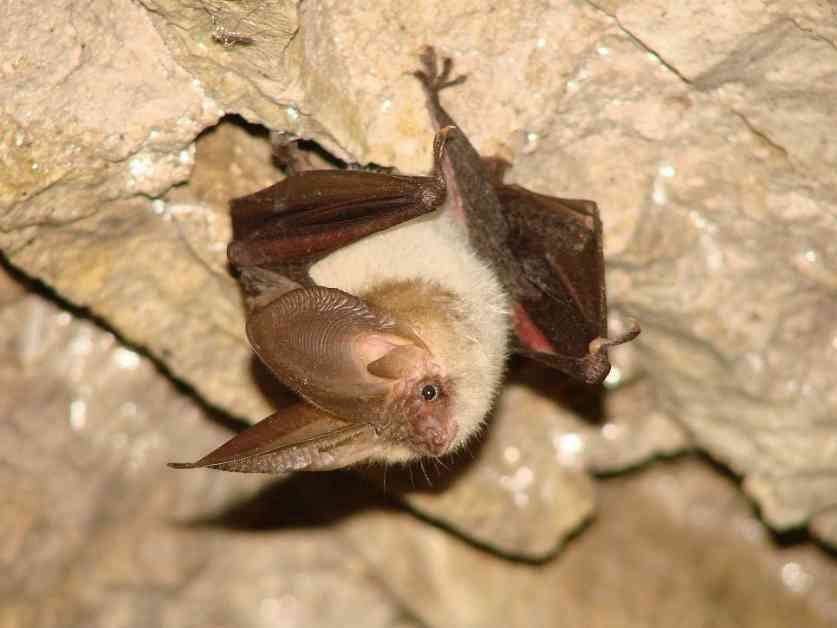Matti Masing vividly recalls the day his mother, Linda Poots, took him into the Piusa Sand Caves in southern Estonia. It was 1966, and he was just a schoolboy at 13 years old. The caves, a labyrinth of high ceilings and twisting passageways built by sand-glass miners, seemed dark and eerie to him at first. The caves, which extend over 12 miles into the earth, are home to about 4,500 hibernating bats.
The discovery of bats in the Piusa Caves marked the beginning of a remarkable recovery for bat populations across Europe. Estonia, with its cold temperatures and scarcity of natural caves, is a haven for bats, with 12 species living there. Bats need a quiet place to hibernate for six months without disturbance, relying on stored fat and energy to survive the winter. Any disruption can be detrimental to their survival.
The decline in bat populations across Europe in the mid-20th century due to deforestation and development prompted scientists like Poots and Masing to take action. By studying the bats in the Piusa Caves and advocating for their protection, they kickstarted a movement that spread across Northern and Eastern Europe. Old mines, fortresses, and even Nazi bunkers were retrofitted to provide habitats for bats, leading to a significant increase in bat populations by the early 2000s.
Today, Estonia’s bat populations are mostly stable, with some species even increasing in number. However, new threats like wind turbines pose a risk to bats, prompting conservation efforts to ensure their safety. Poots’ legacy lives on in the Piusa Caves, which remain a vital site for bat conservation in the region, attracting thousands of tourists each year to learn about these fascinating creatures.
The success story of bat conservation in Estonia serves as an inspiration for other countries facing similar challenges. By protecting natural habitats and retrofitting existing structures to accommodate bats, it is possible to reverse the decline of these important species and ensure a sustainable future for them in Europe.






